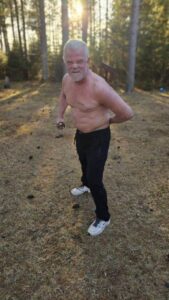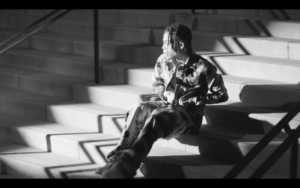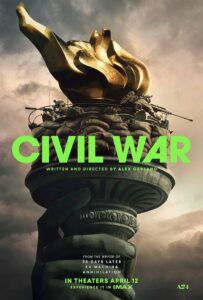My third movie as part of Seattle International Film Festival was an utmost treasure. Lady Be Good: Instrumental Women In Jazz was a documentary by Director Kay Ray, and co-producer Cathy Wadley. Lady Be Good reveals the lost stories of female jazz musicians from the early 1920s to the 1970s through archival footage and interviews with the surviving members of the orchestra leaders and players.
The names Louis Armstrong, Count Basie, Tommy Dorsey, etc. are still legend, but who has heard of The International Sweethearts of Rhythm, The Syncoettes, (Sweet Emma Barrett, Lil Hardin-Armstrong), through the rise of the all-woman big bands (Ina Ray Hutton & Her Melodears, the Hollywood Redheads), to the female musicians that were instrumental players (Dorothy Donegan, Mary Osborne) and arrangers (Mary Lou Williams, Melba Liston). These women broke down barriers to lead and play big band music, often sharing the stage with the all male bands. This occurred at a time when jazz was considered seedy and inappropriate for women. Women weren’t supposed to play horns like trumpets or saxophone, and, god forbid, drums.
During the second world war, the all female bands played all over the country and many times played in army bases to entertain troops.
Many of these bands were all black women, while some were mixed. This posed a serious problem when they toured the south during Jim Crow. They had to watch where they went, whom they associated with, and the black musicians couldn’t stay in certain hotels. Often they were taken in by black families or traveled in a large bus that doubled as sleeping quarters with berths.
Still, they often weren’t taken seriously and looked upon more as a novelty than as serious musicians. When they refused to meet officers alone in hotel rooms they found themselves fired from playing for the USO and after the war the all female bands were forced to dissolve to make way for the returning men. One woman described how when she came into a bar manager’s office to get paid, he chased her around his desk.
The anecdotes and sheer demeanor of the women came across poignant and charming. I had never heard of these all female bands, nor had I any familiarity with their names. I do now.
Lady Be Good is an absolute treasure.


